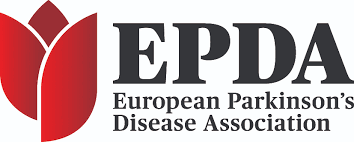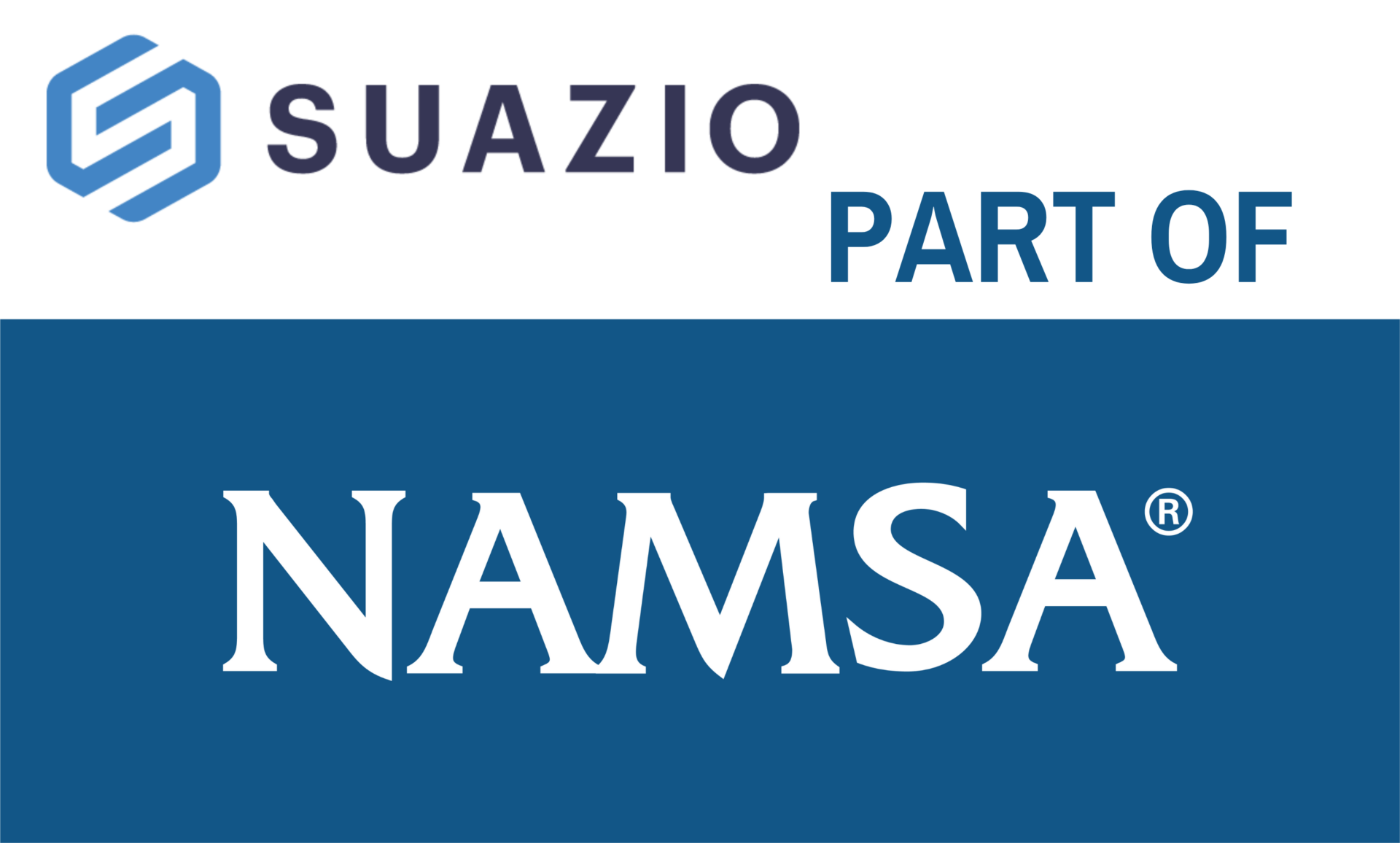Teaming up with the European Parkinson's Disease Association to assess patients’ habits and the potential burdens in recharging their DBS devices
The question
Our client wanted to evaluate the burdens of people with Parkinson’s disease (PwPs) in terms of recharging their DBS devices. Some PwPs have DBS (deep brain stimulation) implants that help them control their movement disorder. Today, PwPs can choose either a rechargeable or non-rechargeable device. Our client wanted to know how PwPs would feel about non-rechargeable devices – given they’d work for five years or more without the need of replacing or charging them.
To be able to answer this question, we needed to reach out to PwPs themselves. And to do this, we needed to gain some credibility and legitimacy first. Therefore, we partnered up with the EPDA – and asked them to help us reach out to patients.
The end goal
The client wanted a clear understanding of how patients manage their DBS/SCS or DRG implant. Next to this, they wanted to understand the challenges or needs patients face when it comes to recharging it.
The focus of our survey: acquiring a detailed assessment of PwP habits and burdens concerning the recharging of their device – as well as ending up with a clear view of their willingness to switch to a non-rechargeable device.

The collaboration
It’s not easy to contact PwPs and convince them to take part in a study like this. The key information we need is personal, so we need them to trust and believe in us – something that is tricky to accomplish without a vote of confidence to back us up. Next to this, we don’t have a database with the patient information – like we do have of physicians, for example – so finding out who they are and where they live is a challenge in itself.
And that’s exactly why we talked to the EPDA: as a pan-European organization, they have members in nearly 30 countries, and relationships with dozens more countries. They agreed to send out communications to their members and stakeholders across Europe, asking them if they could ask their own national members to participate in the study. By having the EPDA endorse SUAZIO as a trustworthy company, we got a steady stream of PwPs signing up for the project.
We see a great opportunity in the partnership with the EPDA: the future of market research is definitely patient centred – and associations such as the EPDA will prove to be invaluable partners when needing authentic patients’ opinions, experiences and views.

Our approach
We set up a questionnaire, or discussion guide, that was meant to guide the discussion, structure the conversation and cover every aspect we needed.
First, we held a short screening call to make sure we were talking to the right person.
After this, we’d schedule the ‘real’ call at their convenience. During that call we’d ask them about their experiences and habits – but we also tried catching their pain points and frustrations.
Examples of the questions we asked:
- How many times per week do you need to recharge?
- How long does the recharging take?
- Are you satisfied with the weekly recharging frequency or does it take too long?
- What do you do when you recharge? (sitting, standing, reading, watching television, …)
- If you had all the knowledge you have today, would you still choose the rechargeable device?
- Was it your decision to choose this device or was it pushed by your physician?
- Would you switch if your device would have a lifespan of +5 years?
- What are your biggest concerns considering the non-rechargeable device?
- Are you part of an organisation that offers support and information about your condition?
- Where do you find information about your condition?
- Do you feel like you have enough information about your condition and your implant? Or would you like to learn more about it?

The results
In the end, it took six or seven weeks to find more than 50 PwPs who were willing to participate – a number, which, compared to our standards, is quite high. As expected, it turned out that the PwPs’ willingness to participate increased when they knew SUAZIO was working with the EPDA, an organisation they trust and connect with regularly.

The speed of recruitment – although always slower when looking for patients – was very satisfactory. It took a while to get the process started, but once the EPDA sent out the communications to their members and stakeholders – including a small article on their website – we received many answers.
The project proved to be interesting enough to supply us with a constant stream of people reaching out.
All in all, we can definitely claim that, thanks to the EPDA, the patient recruitment went swimmingly – with the results (which are confidential) to back this up.
